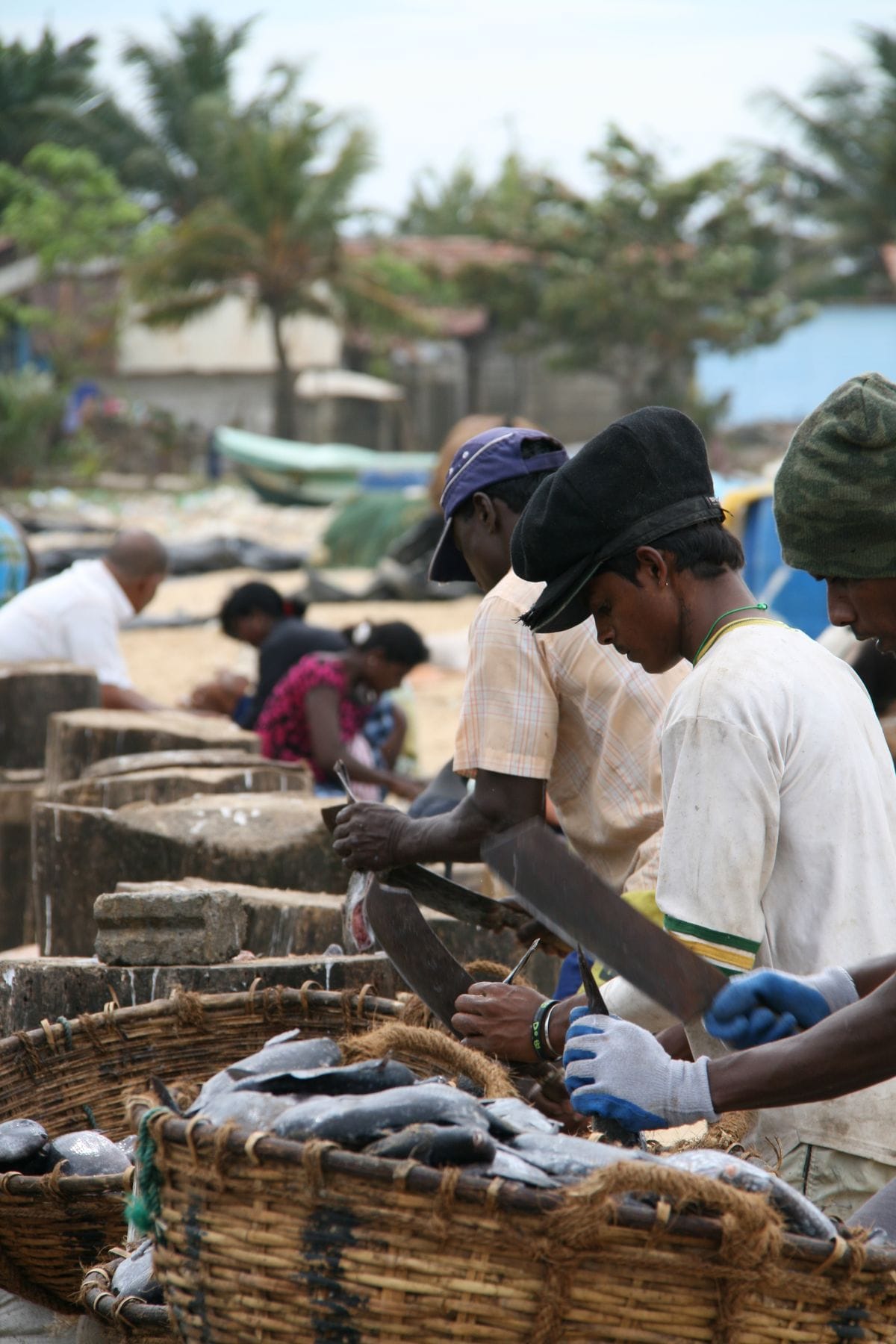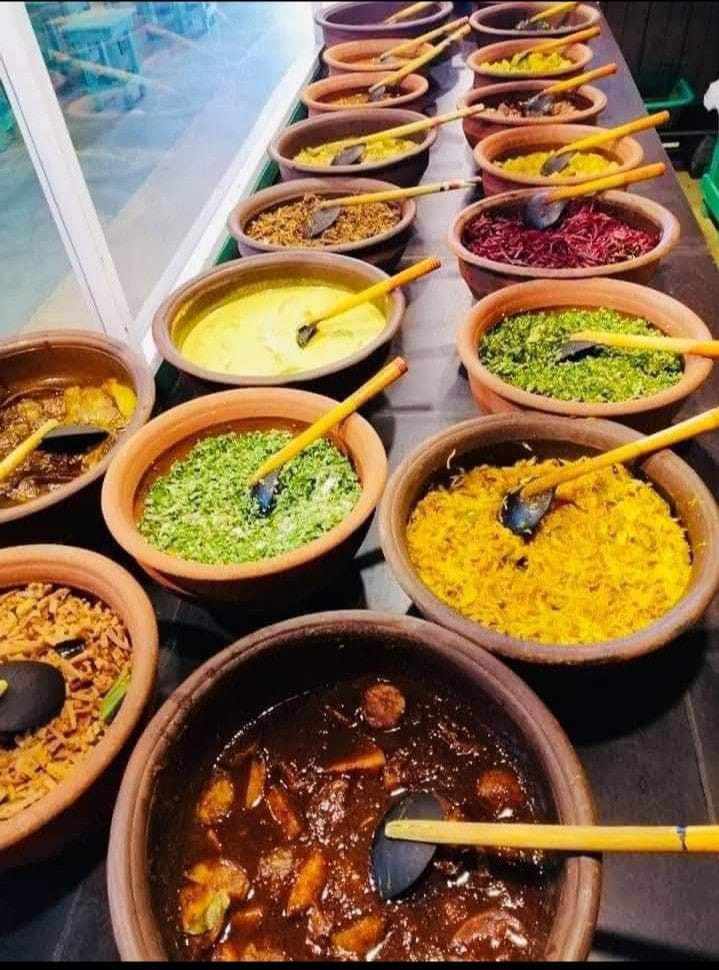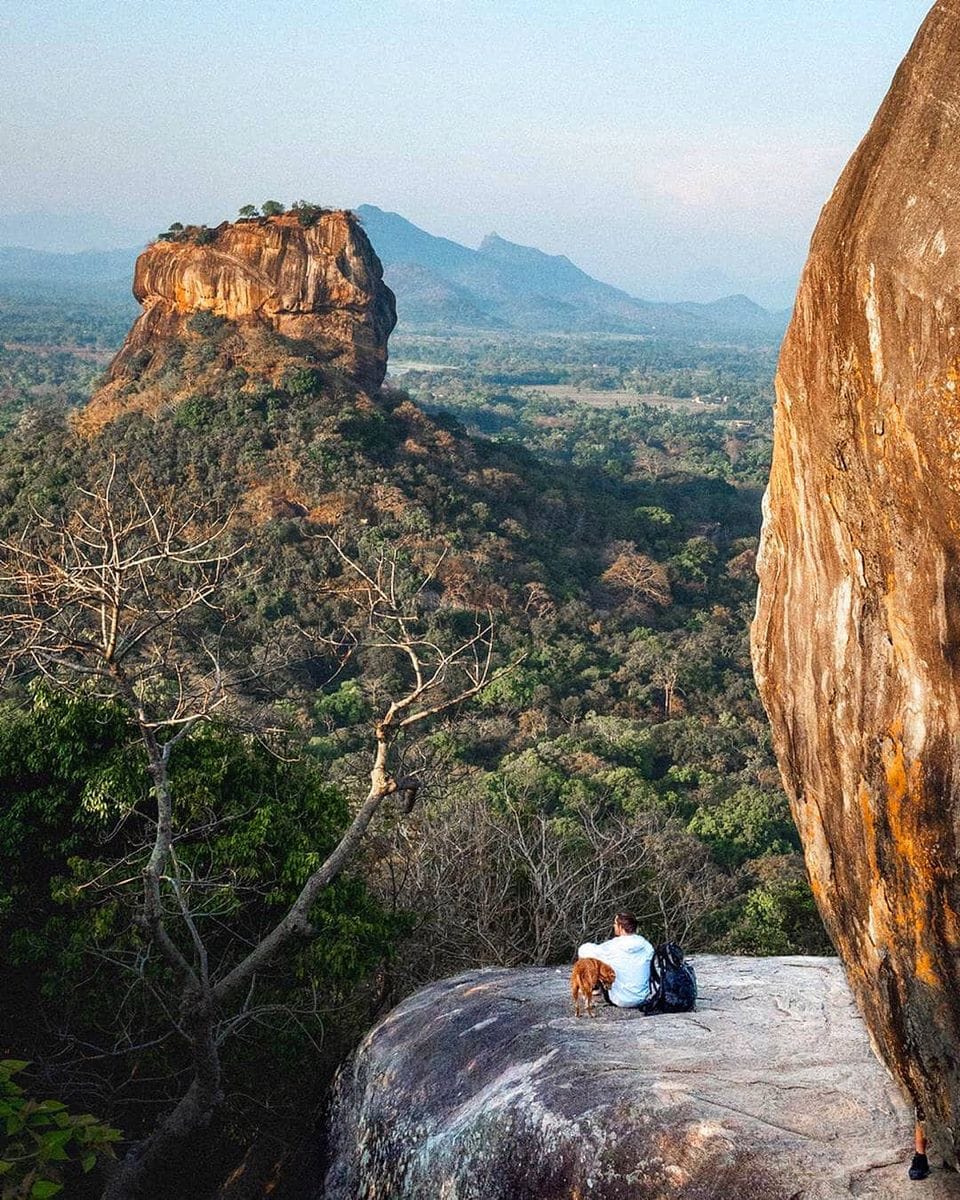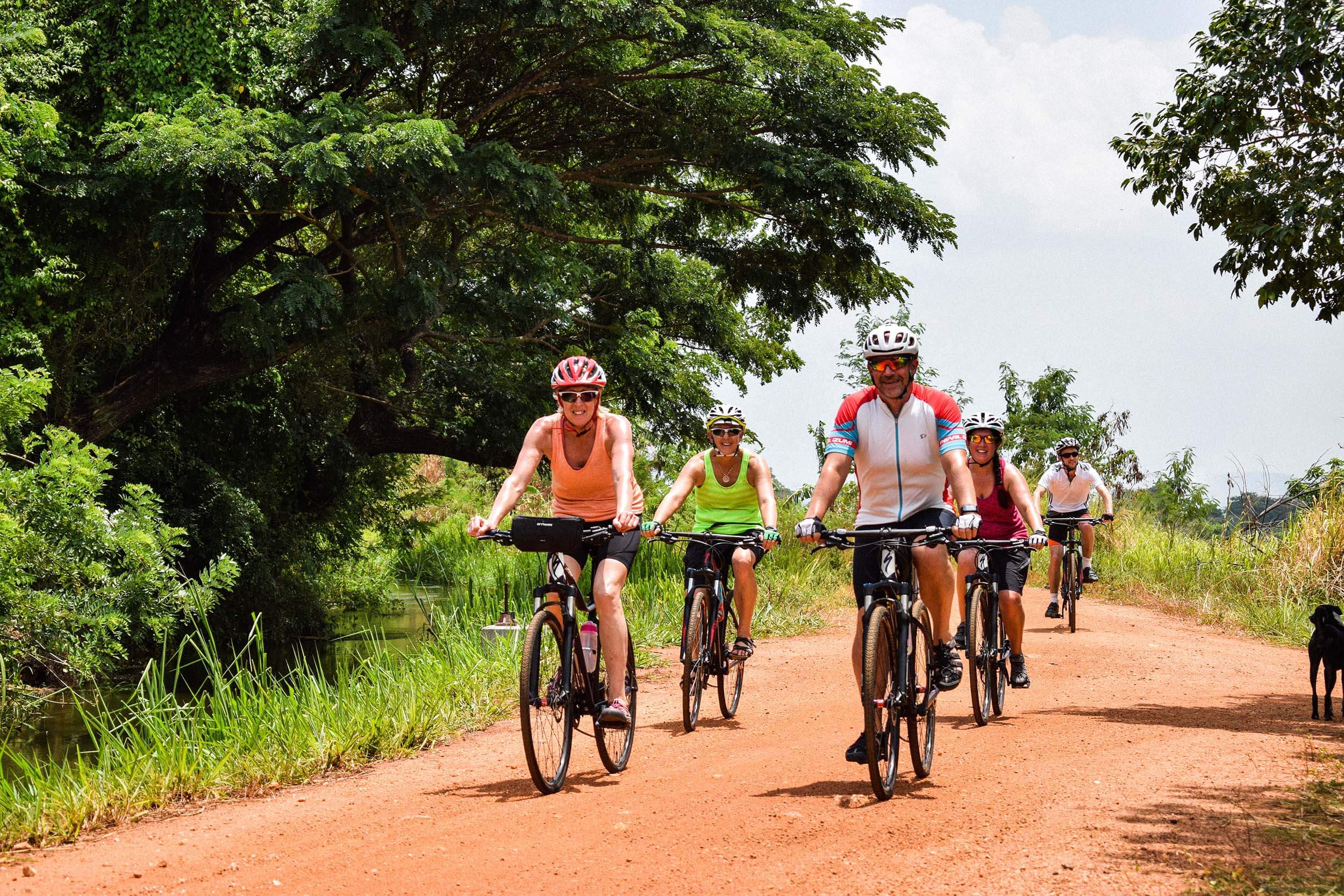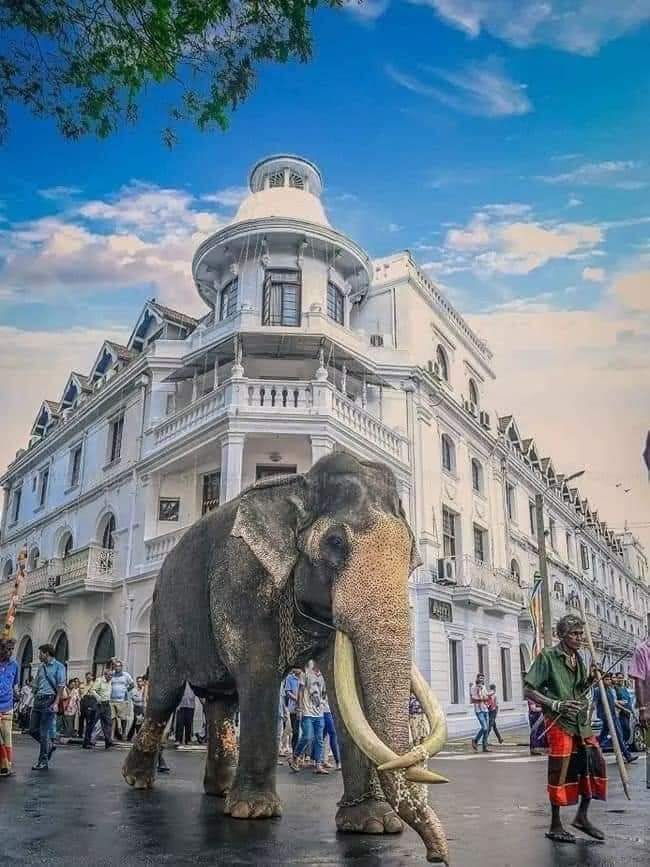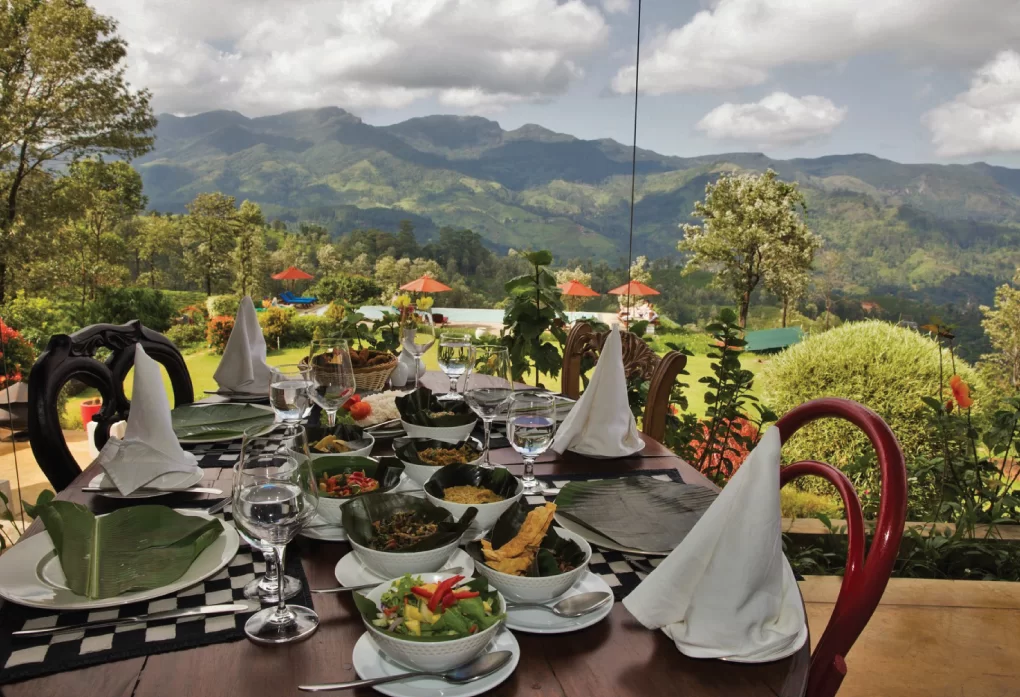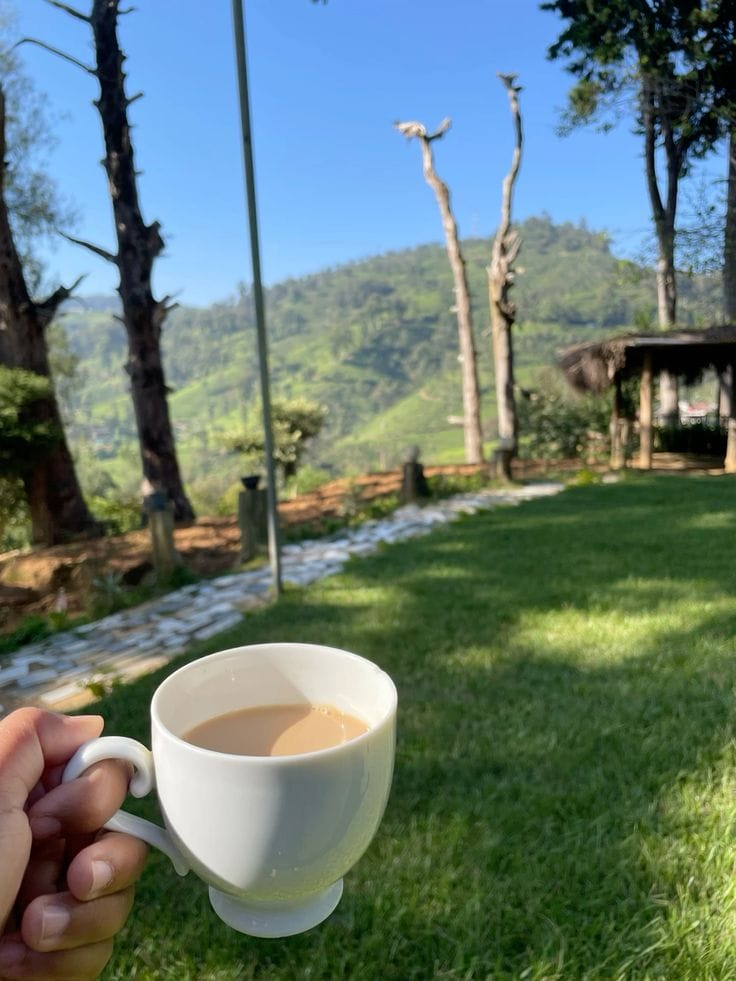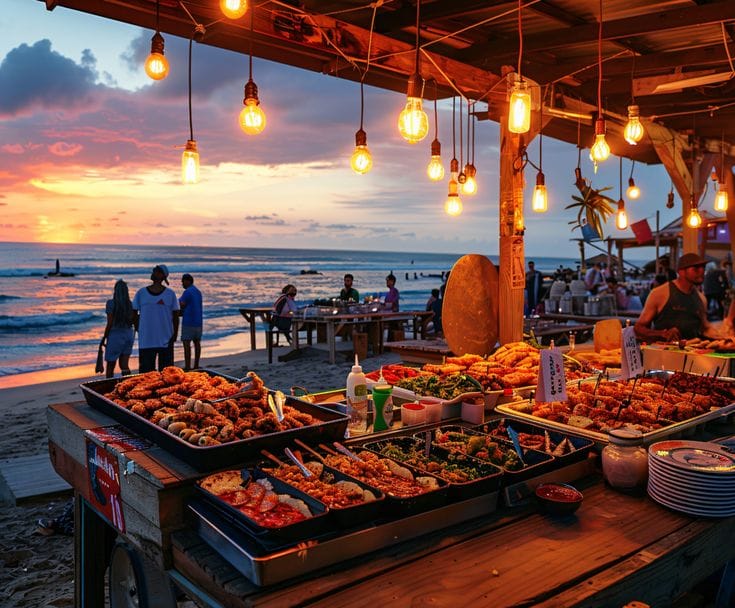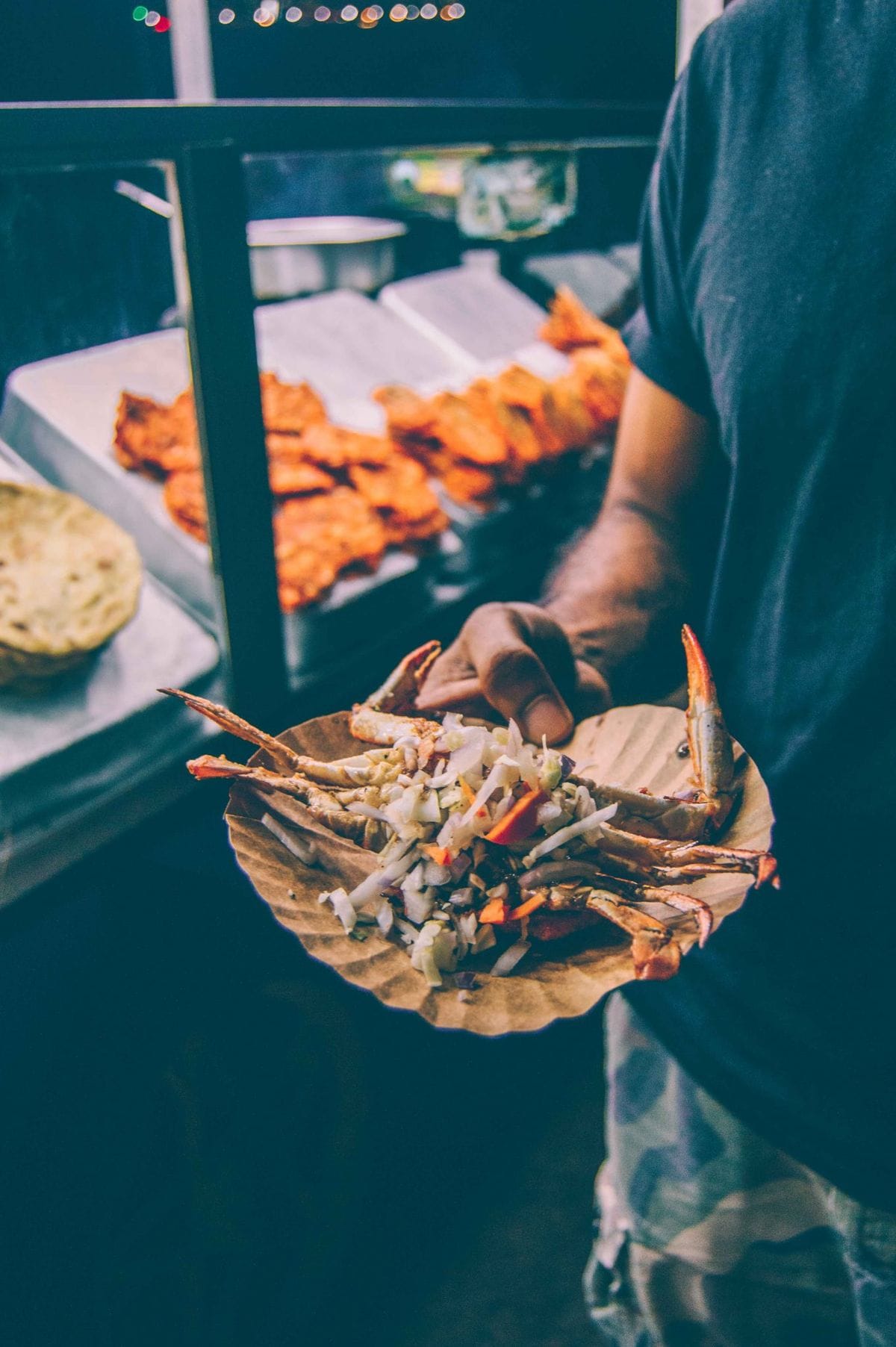“End your journey with the flavors of a thousand stories.”
Travel to <strong data-start="8580" data-end="8591"Colombo, Sri Lanka’s bustling capital, where colonial forts and modern skyscrapers stand side by side. Historically, Colombo thrived as a strategic trading hub for Arab, Chinese, Portuguese, Dutch, and British merchants.
Embark on a <strong data-start="8820" data-end="8878"street food safari through Pettah and Galle Face Green, sampling sizzling <strong data-start="8898" data-end="8928"isso wade (prawn fritters), spicy <strong data-start="8936" data-end="8950"kottu roti, tropical fruit achcharu, and iconic hoppers.
Later, your chauffeur guide will transfer you to the airport for your onward flight, leaving you with the <strong data-start="9108" data-end="9187"memories, tastes, and stories of Sri Lanka’s authentic life and gastronomy.
<strong data-start="9191" data-end="9205"Why Visit?
Colombo is a fitting finale — a <strong data-start="9240" data-end="9352"
culinary crossroads where Sri Lanka’s diverse history, trade, and culture are best experienced through food.

